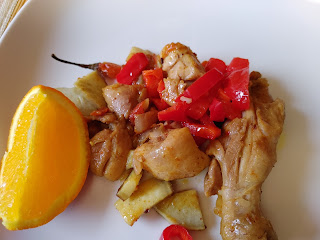New Immigrants and Food Prices
Just arrived immigrants and food prices. The internet has made expectations much easier for
immigrants because it has all the information they need about a new country.
They even know the time difference between their country and Canada, where they
are heading.
Despite all that, settling in a new country is still stressful because it is fishing in unknown waters from the language, weather, clothes, new currency, schools, living in apartment buildings with no backyard for kids to practise cricket or soccer, snow, body language and food.
The exchange rate for example. It is natural to look at cashew nuts that are
$5 for 100 grams with dismay, because that would be, let’s say 50 shillings
where immigrants are coming from. Worse
still, they might sadly recall that they had cashew nut trees in their backyard
or farm.
Looking back will lead to
depression and even some regret about coming to Canada. What matters is the way forward, a term you
hear a lot at staff retreats. The ideal way
forward is a fact-finding mission about where and how to buy food.
Therefore, cash is the best option because new immigrants don’t have to worry about interest on credit cards. Cash also forces them to stick to a budget. What if families don’t have enough money for basics? One solution would be to food-pool (like car pool). Two families can merge two $100 and buy rice and beans in bulk for example. Food pool can work if the following is taken care of:
By: Nonqaba waka Msimang.
Despite all that, settling in a new country is still stressful because it is fishing in unknown waters from the language, weather, clothes, new currency, schools, living in apartment buildings with no backyard for kids to practise cricket or soccer, snow, body language and food.
 |
| Photo: Nonqaba waka Msimang. |
Where? Huge Canadian supermarkets
obviously, but there are also speciality shops for European, Jewish, African, Caribbean, Middle East and Asian food. The aim is to
compare prices because money is in short supply whether immigrants have come prepared
to establish their own business; were sponsored by sisters, brothers and
parents or brought to Canada by the government.
How is the other question because
there are two forms of payment: cash or credit? It is very tempting to use credit cards,
especially if it is a big family because kids want to blend in the new country
and want food their classmates are always talking about. Pizza for example. Kids love it but it doesn’t come cheap.Therefore, cash is the best option because new immigrants don’t have to worry about interest on credit cards. Cash also forces them to stick to a budget. What if families don’t have enough money for basics? One solution would be to food-pool (like car pool). Two families can merge two $100 and buy rice and beans in bulk for example. Food pool can work if the following is taken care of:
·
the two families must have the same items on the
list.
·
the joint money must be collected before the
weekly shopping day.
·
transport. it must be decided in advance which
car will be used.
·
distribution centre. the two families will alternate. this week the
40lbs bags of rice will be divided into plastic containers at Family A, next
week at Family B.
·
kids should be involved so that they understand
budgeting at an early age. it also empowers
them with Canadian vocabulary.
Money saved through bulk buying and food-pooling can be used
to give the kids a treat such as taking them to the hamburger joint, something Canadian
kids take for granted because they go there every Saturday.By: Nonqaba waka Msimang.




Comments